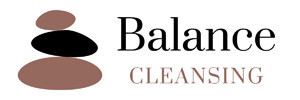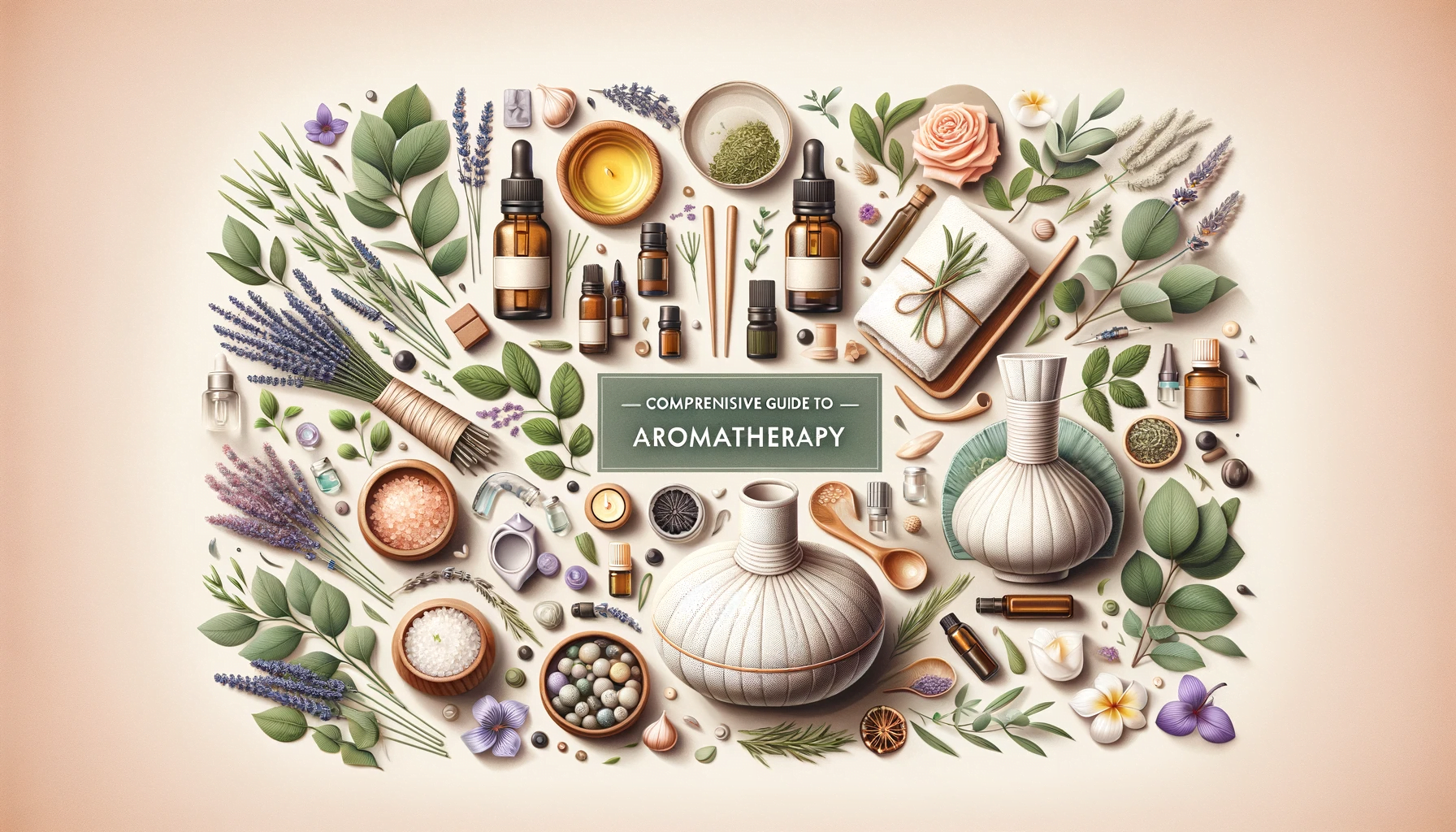Welcome to this comprehensive guide to aromatherapy, the practice that harmonizes the natural power of essential oils with our quest for health and well-being. In this post, we’ll explore how aromatherapy can alleviate a variety of conditions, offering a gentle yet effective complement to traditional health practices. From the calming aroma of lavender to the revitalizing essence of citrus oils, we’ll delve into how these natural wonders can specifically target and ease your ailments. Whether you’re looking to soothe your mind or provide relief to your body, join us on this aromatic journey to discover the potent benefits hidden in these precious oils
Aromatherapy for Specific Conditions
Highlighting how aromatherapy can alleviate specific ailments
Aromatherapy’s versatility allows it to be used for a wide array of physical and psychological conditions. From stress reduction with lavender to the invigorating effects of citrus oils for energy and alertness, essential oils can be selected and blended to target specific issues. For example, eucalyptus oil is commonly used for its decongestant properties, while peppermint can be effective for nausea and headache relief.
Precautions when using aromatherapy as a complementary therapy
While aromatherapy can offer many benefits, it’s crucial to use it as a complement to traditional medicine, not a replacement. Certain essential oils should be avoided or used with caution in people with specific health conditions, pregnant women, or children. It’s always recommended to consult with a healthcare provider before starting any new treatment. Additionally, some oils can have contraindications with medications or trigger allergic reactions, hence the importance of patch testing and professional guidance.
Benefits of Aromatherapy: A Look at the Scientific Research
A synopsis of how aromatherapy promotes physical and emotional health
Aromatherapy is renowned for its ability to foster healing and relaxation. It is used to alleviate pain, care for the skin, relieve muscle tension, and reduce stress. The aromatic compounds from essential oils can also enhance mood, sharpen focus, and contribute to a better sleep cycle.
Overview of scientific studies and anecdotal reports
The efficacy of aromatherapy has been supported by both scientific research and anecdotal evidence. Studies have shown that certain oils have antibacterial, anti-inflammatory, and analgesic properties. Lavender, for instance, has been widely studied for its calming effects that can aid in sleep and reduce anxiety. Anecdotal evidence, while not scientifically rigorous, offers countless personal accounts of the positive impact of aromatherapy on mental and emotional well-being.
Blending Essential Oils and Creating Diffuser Blends
The art and science behind creating harmonious blends
Blending essential oils is both a creative process and a scientific one, requiring an understanding of oil properties and synergy. A successful blend not only considers the therapeutic properties of the oils but also how their aromas complement each other. The ‘notes’ of essential oils—top, middle, and base—create a balanced, aromatic profile that evolves when applied or diffused.
Dilution ratios and methods for optimal safety and efficacy
Dilution is a critical step in using essential oils safely. The ratio of essential oil to carrier oil can vary depending on the oil’s potency and the intended use. For general topical application, a dilution ratio of 1% to 2% is recommended for adults, translating to about 6 to 12 drops of essential oil per ounce of carrier oil. For diffusing, oils are typically not diluted with a carrier oil but may be blended in a diffuser to achieve the desired aromatic and therapeutic effect.
Blending essential oils can enhance the effectiveness of aromatherapy practices, but it is essential to approach this process with care and knowledge. In the next part, we will explore how aromatherapy can be tailored to assist with various conditions, emphasizing the importance of understanding the unique qualities and benefits of each essential oil in the healing process.
Comprehensive Guide to Aromatherapy Application Methods
Exploring various techniques and practices
- Aromatherapy can be enjoyed through several methods, each serving different needs and preferences. The most common practices include:
- Inhalation: Involves breathing in essential oils through various forms such as diffusers, steam inhalation, or direct sniffing from bottles. It’s a quick method to affect mood and sensation in the respiratory system.
- Topical Application: Essential oils are often applied to the skin after dilution with a carrier oil. It’s ideal for targeted relief, massage, and skincare.
- Baths and Soaks: Adding oils to bathwater combines the benefits of absorption through the skin with inhalation for a holistic experience.
Advantages and considerations for each method
Each method comes with its own set of advantages and specific considerations:
- Inhalation is non-invasive and can be easily controlled for intensity. However, the effect is usually short-lived and requires repeated exposure for prolonged benefits.
- Topical Application provides more localized effects and the benefits of touch therapy. The consideration here is the potential for skin sensitivities, which necessitates proper dilution and patch testing.
- Baths and Soaks offer a full-body experience and can be very relaxing. The main consideration is ensuring the oils are dispersed properly to avoid skin irritation.
Understanding these methods allows for a tailored aromatherapy practice that can enhance well-being and health. Moving forward, we will look at the basics and safety of essential oils to ensure informed and safe usage.
Essential Oils Extraction Methods, Purity, and Safety
Introduction to the most commonly used essential oils
The palette of essential oils is vast, but some have gained prominence for their versatility and wide range of benefits. Lavender, for instance, is celebrated for its relaxing properties, while eucalyptus is a go-to for respiratory health. Lemon oil is often used for its uplifting scent and cleaning prowess, and peppermint is revered for invigorating the senses and soothing digestion.
Discussing safety guidelines and best practices
When it comes to essential oils, safety is paramount. Here are key guidelines to consider:
- Dilution: Essential oils should be diluted with a carrier oil to prevent skin irritation. Common carrier oils include coconut oil, jojoba oil, and sweet almond oil.
- Patch Testing: Before using an oil extensively, a patch test can determine if there’s any skin sensitivity or allergic reaction.
- Quality: Use high-quality, pure essential oils without synthetic additives to ensure maximum benefits and reduce the risk of adverse reactions.
- Storage: Store oils away from direct sunlight and heat to maintain their therapeutic properties.
- Usage: Follow recommended usage guidelines for each oil, as some can be toxic if used improperly.
By respecting these safety practices, aromatherapy can be a beneficial addition to a holistic health regimen. Up next, we will delve into the art of blending and diluting these oils to craft personalized aromatherapy experiences.
History of Aromatherapy
This comprehensive guide begins with tracing the roots, from ancient rituals to modern-day wellness.
Aromatherapy has been practiced for thousands of years, with roots tracing back to ancient civilizations like Egypt, China, and India where aromatic plants were used for religious rituals, medicinal purposes, and even embalming. These traditional practices laid the foundation for the modern use of essential oils for wellness and therapy.
Understanding the holistic approach of aromatherapy
Aromatherapy is more than just pleasant scents; it’s a holistic healing treatment that uses natural plant extracts to promote health and well-being. By engaging the sense of smell and skin absorption, aromatherapy works to improve the body, mind, and spirit, enhancing both physical and emotional health. It integrates with the body’s own healing processes and can be used to complement conventional therapies.
Myths and Misconceptions in Aromatherapy
Addressing the most prevalent myths within aromatherapy
The field of aromatherapy is not immune to myths and misconceptions, some of which can lead to misuse or skepticism about the practice. Common myths include the belief that all essential oils are completely safe and without side effects, or that they can cure serious medical conditions on their own. This section aims to dispel such myths, providing a realistic understanding of what aromatherapy can and cannot do.
Providing evidence-based information to counteract misconceptions
Using scientific research and expert insights, this part will provide clarifications on widespread misconceptions. For example, while essential oils are natural, they are not automatically safe for all uses — some can be toxic if used improperly. The idea that ‘if some is good, more is better’ is particularly dangerous in aromatherapy, as overuse of essential oils can lead to adverse reactions. Evidence-based information will guide readers to a safe and informed practice of aromatherapy.
Top Benefits of Aromatherapy Infographic
An infographic overview of the top benefits of aromatherapy.
Featured benefits: reduce stress, improve sleep, boost mood, reduce pain, improve concentration
As we conclude our exploration of aromatherapy for various conditions, we hope you feel inspired to integrate these natural essences into your wellness routine. Remember, the journey into aromatherapy doesn’t end here. Our comprehensive guide offers a wealth of knowledge on everything from the history of aromatherapy to the art of blending oils. Whether you’re a beginner or a seasoned enthusiast, there’s always more to learn and experience. So, we invite you to continue this aromatic adventure in our other posts, where you’ll find deeper insights into the safe and effective use of essential oils, blending techniques, and much more. Let’s embark on this journey together, enhancing our well-being one drop at a time.
More Articles on Aromatherapy:
Aromatherapy for Specific Conditions
Explore essential oils and blends for relaxation, pain relief, and emotional support—enhance holistic well-being with targeted aromatherapy.
Benefits of Aromatherapy: A Look at the Scientific Research
Discover the science-backed benefits of aromatherapy, from stress relief to better sleep, and learn how essential oils can enhance your well-being.
Blending Essential Oils and Creating Diffuser Blends
Create your new favorite combinations by blending essential oils for aromatherapy diffusers to create pleasant and beneficial scents in any space.
Comprehensive Guide to Aromatherapy Application Methods
Explore the ancient art and modern benefits of aromatherapy in this comprehensive guide, covering essential oils, application methods, and safety tips.
Essential Oil Extraction Methods, Purity, and Safety
Learn essential oil extraction methods—from steam distillation to cold-pressing—and discover how to verify purity, ensure safety, and choose top-quality oils.
History of Aromatherapy
To truly grasp the essence of aromatherapy and its modern applications, it’s crucial to delve into its rich historical background. The roots of aromatherapy stretch back thousands of years, with various civilizations harnessing the benefits of aromatic oils and herbs for healing, relaxation, and spirituality.
Myths and Misconceptions in Aromatherapy
Unravel myths and misconceptions, discern fact from fiction, and discover the truth behind cleansing practices. Explore our comprehensive guide now.
Top Benefits of Aromatherapy Infographic
This infographic provides an overview of aromatherapy and its benefits. The infographic lists several key benefits:
Reduce stress: Aromatherapy may decrease stress and anxiety by triggering the production of calming chemicals in the brain.
Improve sleep: It can aid in enhancing sleep quality by encouraging relaxation and reducing stress.
Boost mood: It has the potential to elevate mood and improve feelings of well-being through the stimulation of endorphin production.
Reduce pain: Aromatherapy might help alleviate pain by prompting the brain to produce pain-relieving chemicals.
Improve concentration: By generating chemicals that promote alertness, aromatherapy can potentially improve concentration and focus.


0 Comments